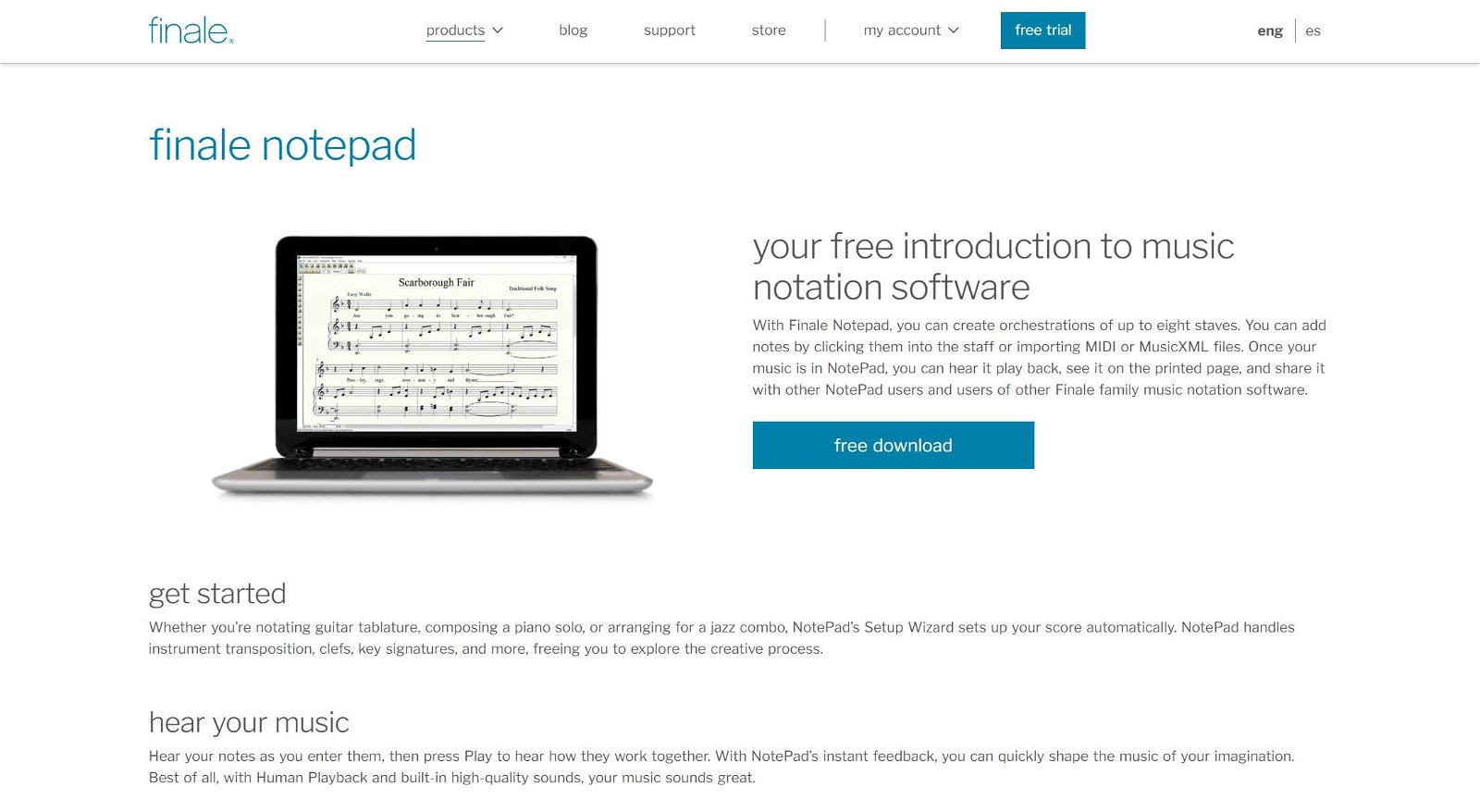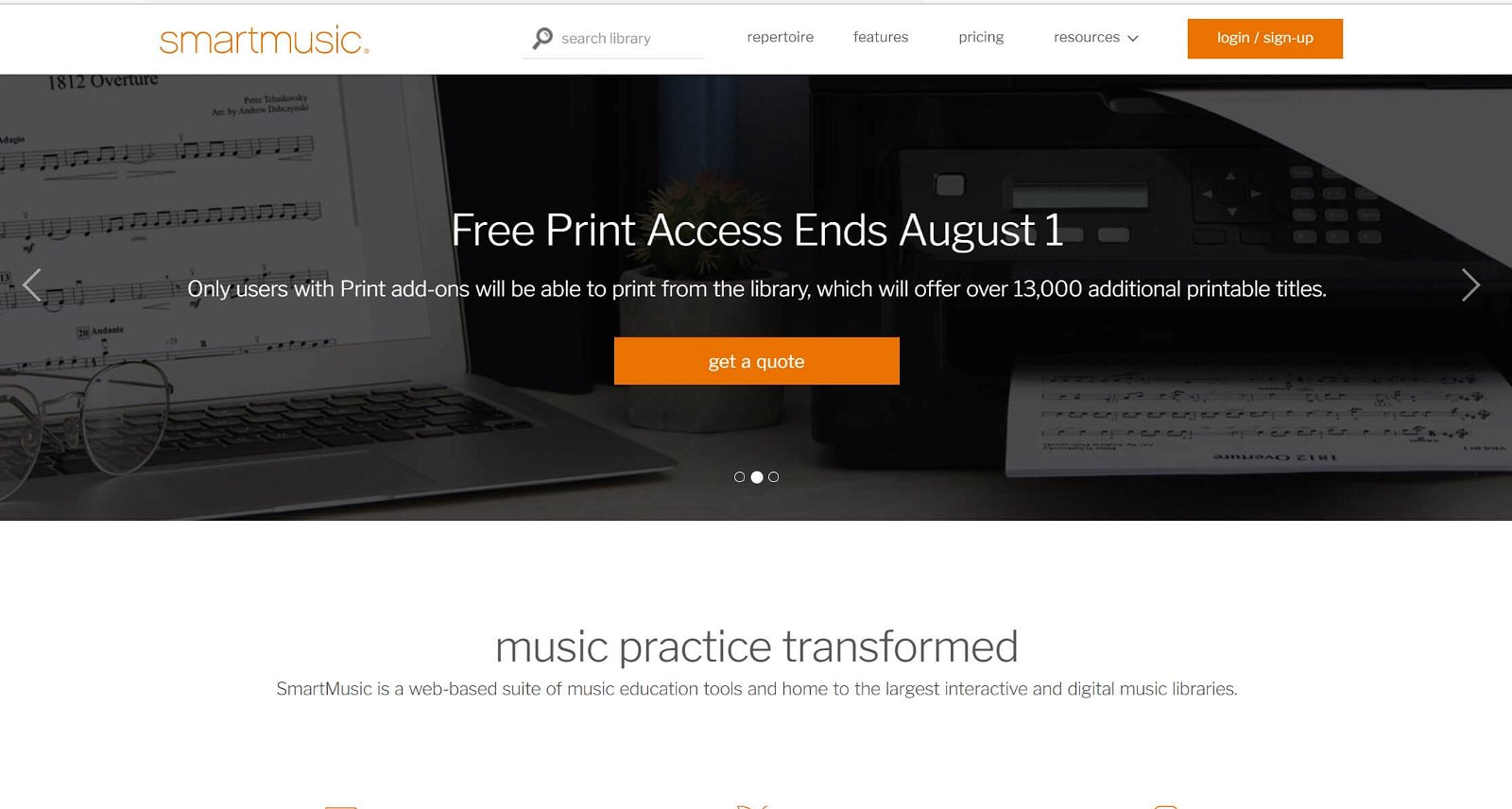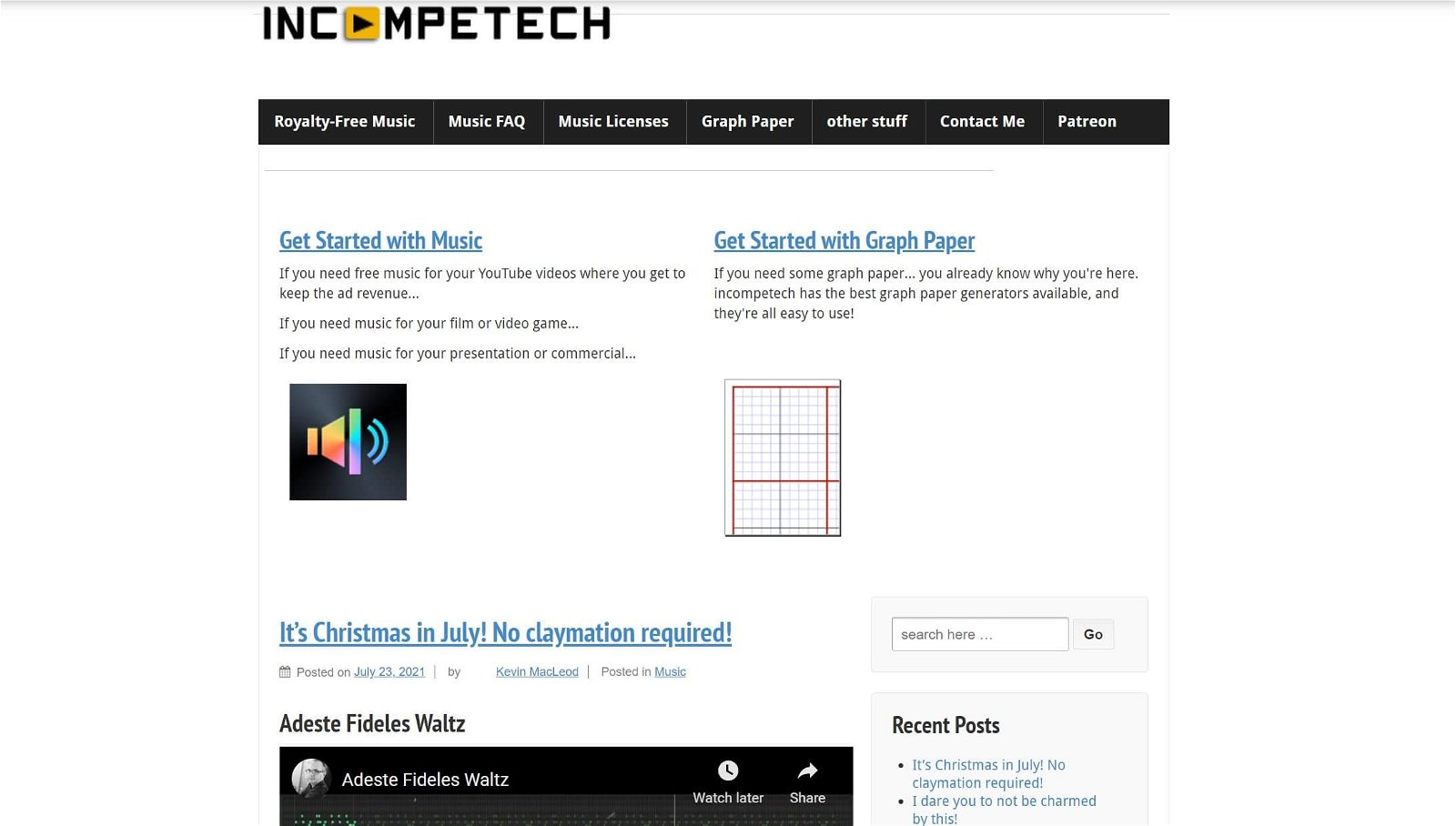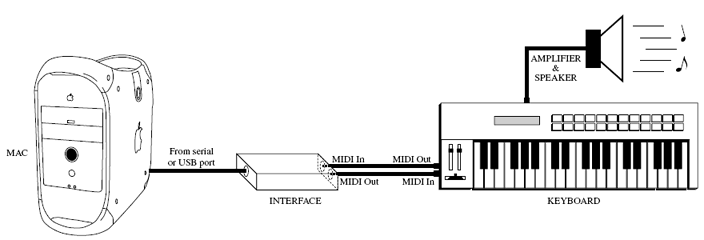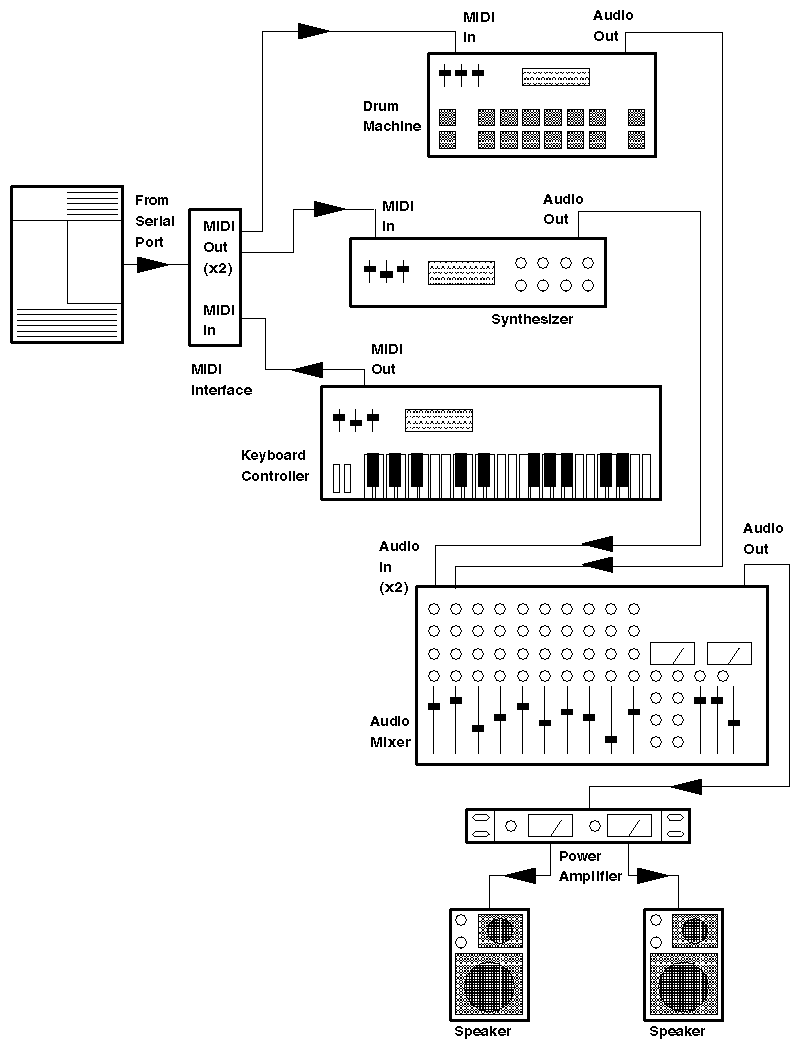Converting midi files to sheet music can be a difficult process, but it’s not impossible.
Luckily, there are plenty of programs and websites that will help you get the job done in no time.
In this blog post, we will discuss 7 methods for converting midi files into sheet music – including free and paid software options!
Contents
How to Convert MIDI to Sheet Music
Finale NotePad (free)
This is a great program for quickly converting midi files into sheet music, but the quality of the output isn’t as good as some other programs.
Finale Notepad will convert your file in seconds and has an easy to use interface that doesn’t require any previous knowledge on how to read sheet music.
MuseScore (free)
If you’re looking for something with high quality sheet music and don’t mind paying a small fee, this software offers it all!
MuseScore allows users who lack musical training or experience to easily create their own compositions by inputting notes one after another in sequence from a piano roll style interface which can be used to create more complex musical arrangements.
Sheet Music Plus (paid)
This company offers an online service that will convert your midi files to sheet music and print it out for you as well!
They also have a ton of free resources on their website, including lessons on how to read sheet music.
Sheet Music Plus has been around since 1993 and is the world’s largest provider of legal digital sheet music with over 600,000 titles from top publishers in all genres available to download instantly or order by mail at prices starting at $0.75 per page for large quantities.
SmartMusic (paid)
This software is great for students of all ages because it’s easy to use and very affordable!
It also has lessons on how read sheet music, as well as teachers tools if you’re looking for instruction on how learn the basics.
Smart Music runs on Mac, Windows, iOS devices and Android tablets and smartphones with access via any web browser so that musicians can enjoy an online solution that offers Sheet Music Plus’ 600,000 titles available anywhere they have internet connectivity.
Sheet Music Noter (paid)
This software is very similar to Finale NotePad, but it has a few more features that make it stand out from the crowd!
Sheet Music Noter offers users two modes: standard notation and guitar tablature.
It also includes an auto accompaniment feature with different styles of instrumentation, midi playback controls for practicing without disturbing others in your home or office and tools to help you read music notes on staff paper instantly.
Song Surgeon (free)
If free programs aren’t really your thing, this one might be better suited for you as they offer both paid and unpaid options depending on what kind of quality level you’re looking for!
With over 20 years of experience in the music industry, Song Surgeon can create sheet music from your midi files quickly and easily while also providing a great user interface for both beginners and advanced users.
Incompetech (free)
Lastly, I want to mention that there are plenty of free programs out there as well if you don’t mind spending some time tweaking things yourself!
Incompetech offers copyright free instrumental tracks which means it’s easy to find what you’re looking for without having to spend hours searching through YouTube videos or other online resources.
They have high quality audio recordings with professional arrangements by composers/musicians who specialize in creating original compositions according to the styles of different genres including classical, traditional world music like Celtic, African and Native American.
What is MIDI?
MIDI stands for Musical Instrument Digital Interface and is a computer software that records the sounds you play on your keyboard.
It can also record notes coming from other musical instruments in your computer, like guitars or drums.
Check out our guide on MIDI and Music Synthesis here.
How does MIDI work?
MIDI sends messages between different devices and computers.
These messages either transmit information, such as when to start or stop playing notes, or send pre-programmed sound to sound libraries or synthesizers from a device on your computer.
Some Issues with Converting MIDI to Sheet Music
MIDI files are very large and require a lot of computer memory. But, they also don’t include many musical nuances that you might not want to include in your sheet music.
For example, when you’re reading a song in the middle of a piano chart, it won’t show the lyrics at the top of the page like traditional sheet music does.
Instead, MIDI files will be able to only replicate what actually happened on your keyboard when you played it.
That means that if there was more going on than just what happened on your keyboard, there’s no way to show it in MIDI form.
MIDI to Music Notation via DAW
If you want to change a midi file into sheet music quickly, there’s no better way to do than in your DAW. The process is very easy as well.
All you need to do is open up your DAW and open the midi file. Next, go into edit mode and select “transpose.”
Change the default key signature to transposition of C major (C3 = middle C). You should now see the piano roll with the notes.
To convert midi files into sheet music simply highlight all of the notes in one staff and copy it onto a blank staff (make sure it’s set on 4/4 time).
The digital audio workstation has done all of the hard work for you!
Conclusion
Today, I’ve given you 7 ways that you can convert MIDI files into sheet music using free and paid options.
If you want to write your own songs on the piano, guitar, or other instrument, then this is crucial information for you.
I hope this article was helpful.
Let me know your thoughts by leaving your comments below.
Also Read:

